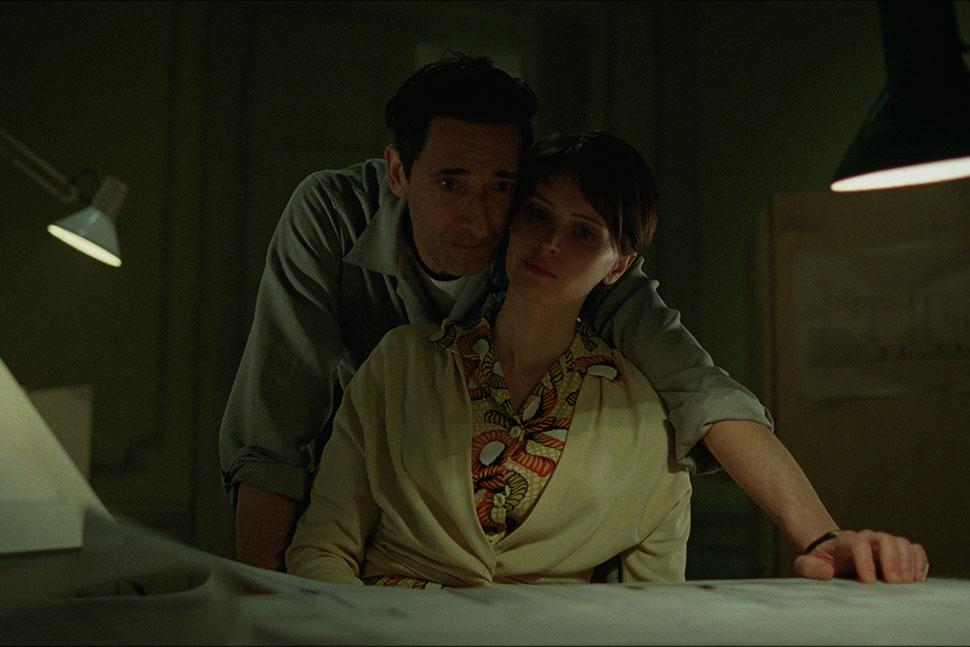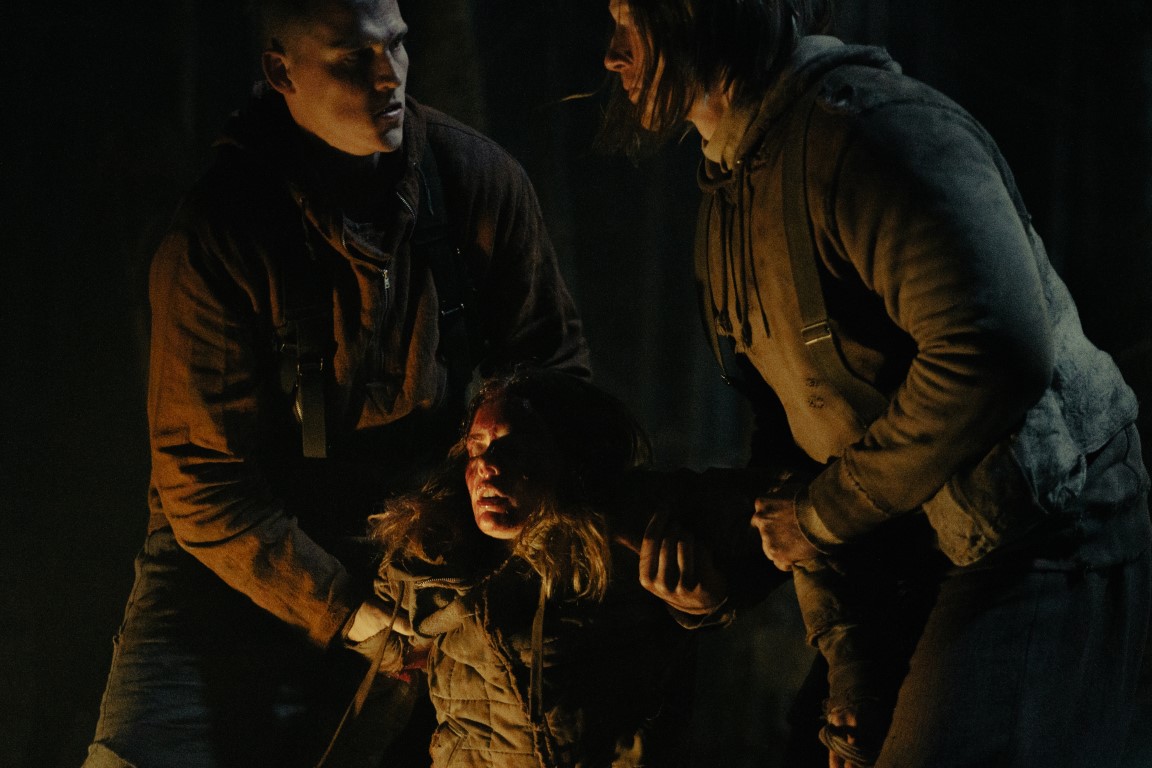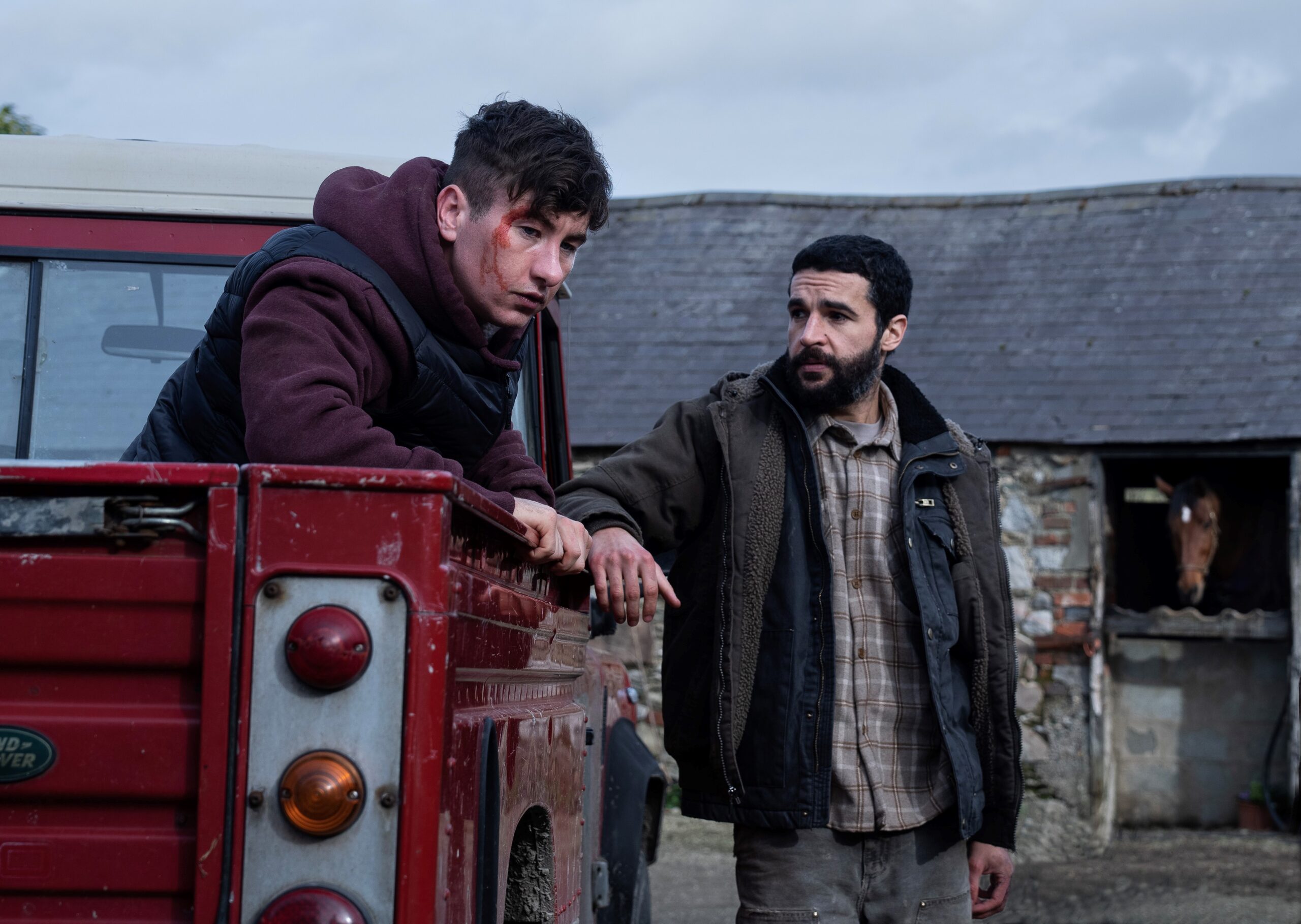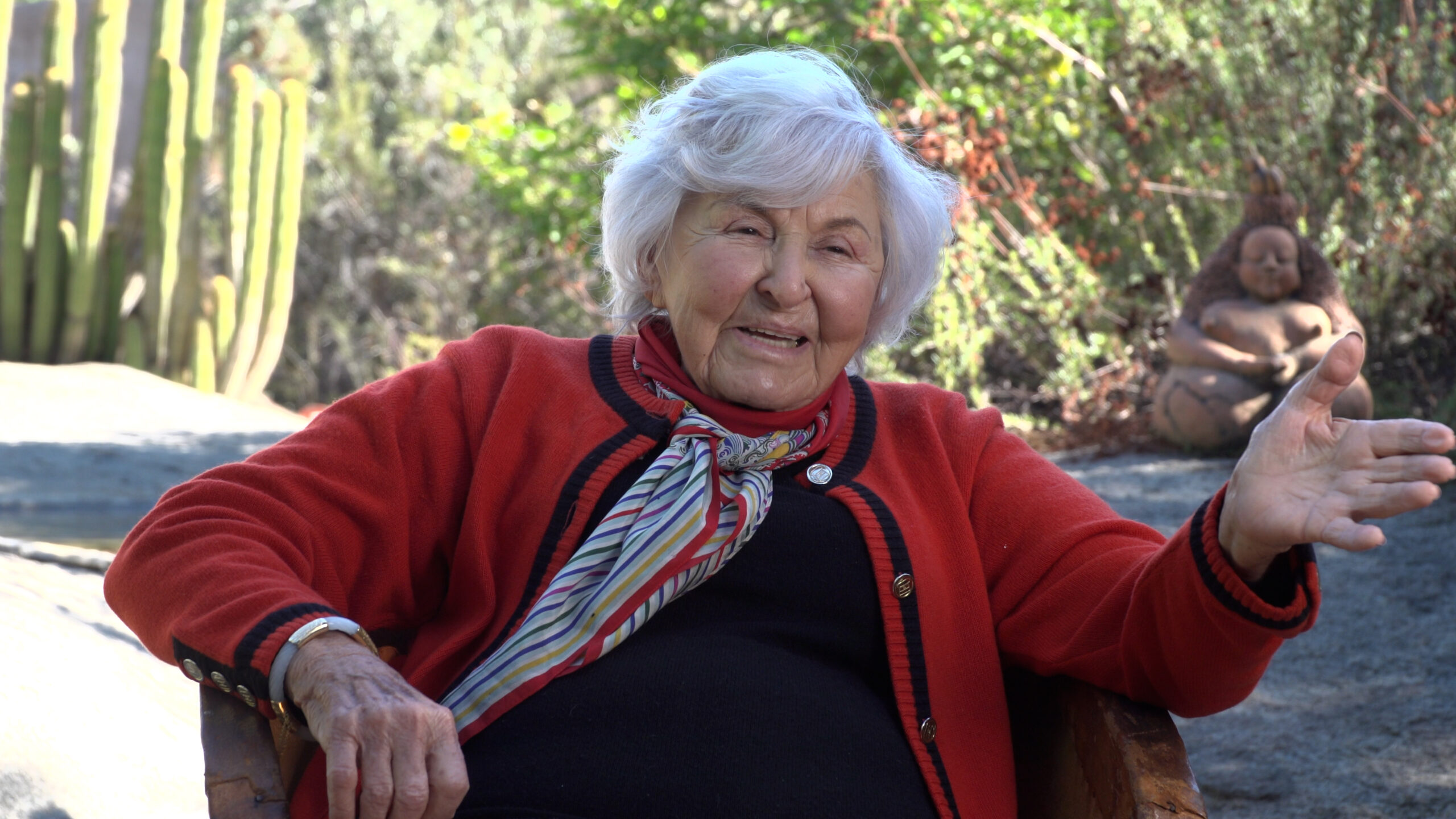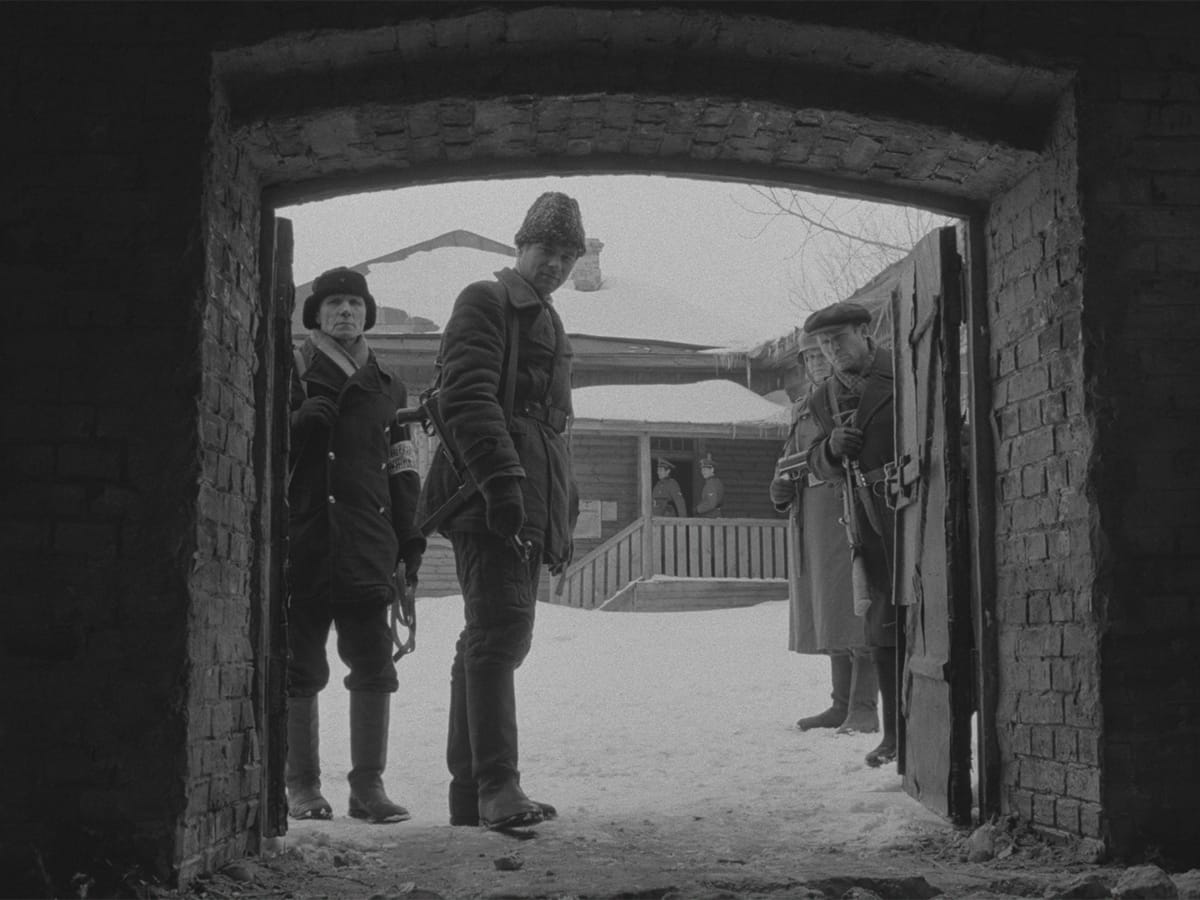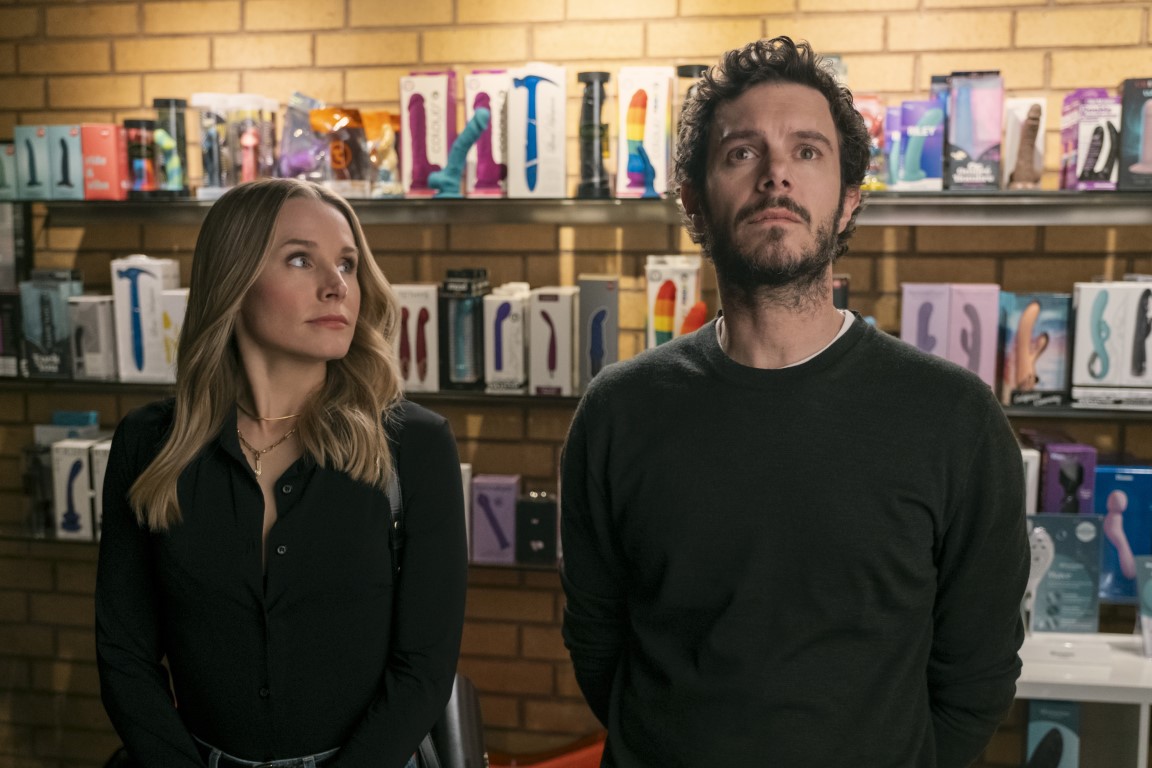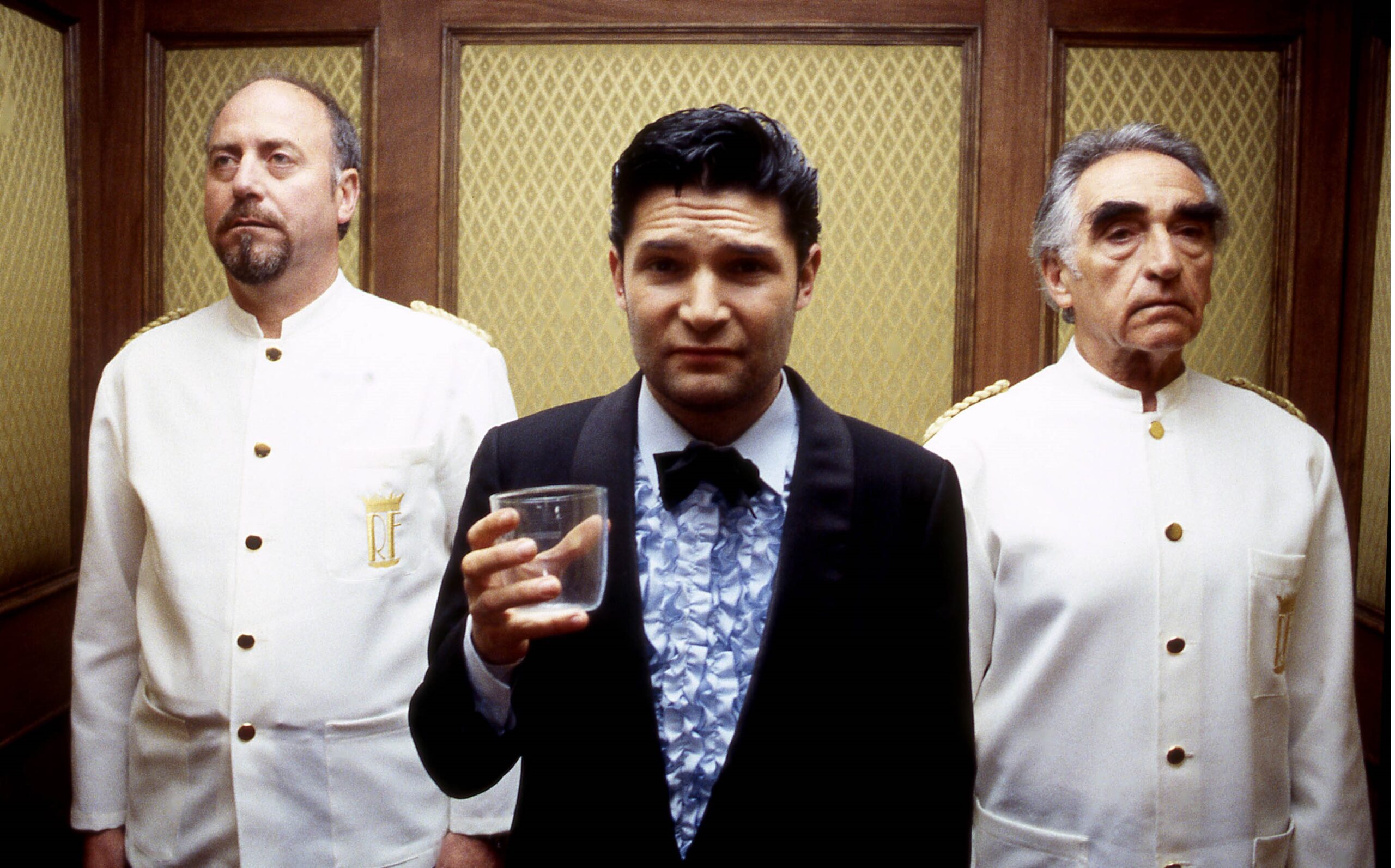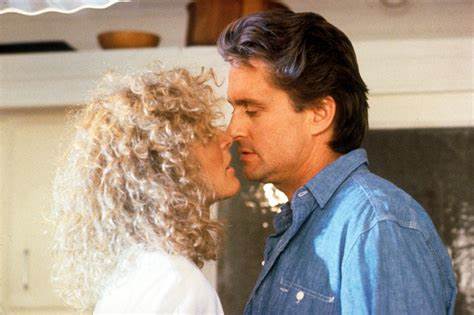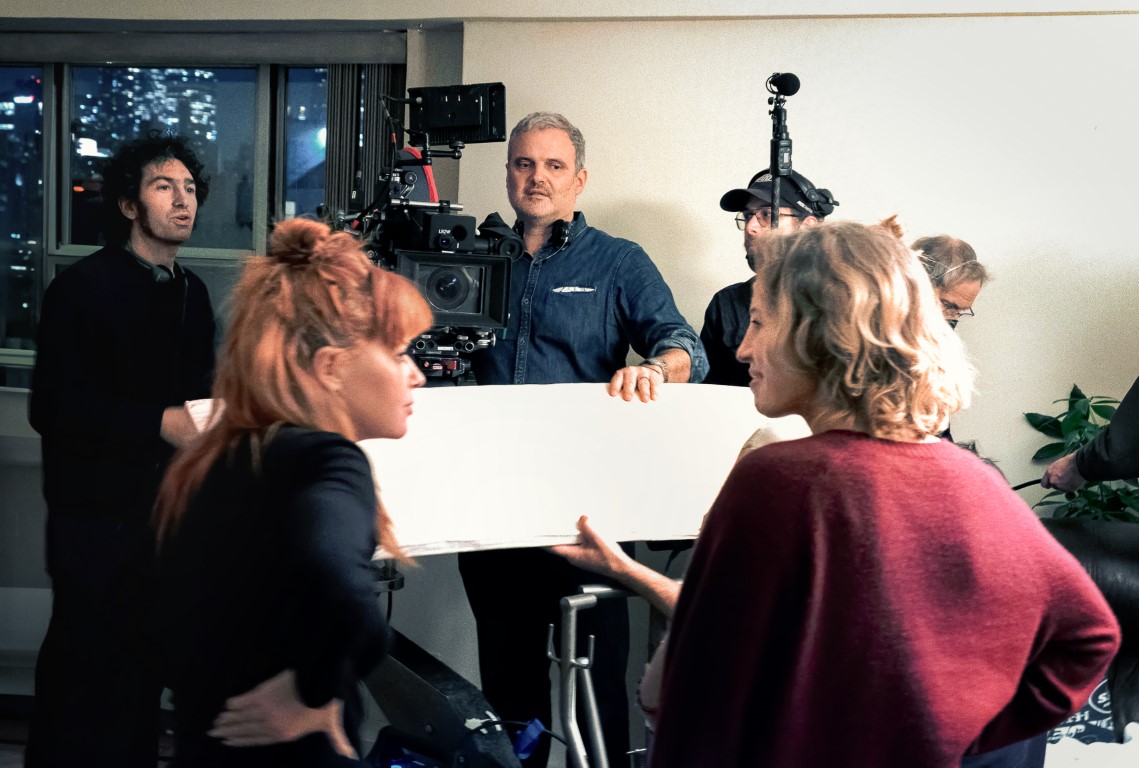Sotnikov stands on the cusp of death. He is among a small group of individuals awaiting death by hanging. We notice an old man among the condemned. His gaze is fixed inward, as though already retreating into the quiet depths of memory. Next to him, a woman breathes in uneven gasps. Her cheeks are stained […]
